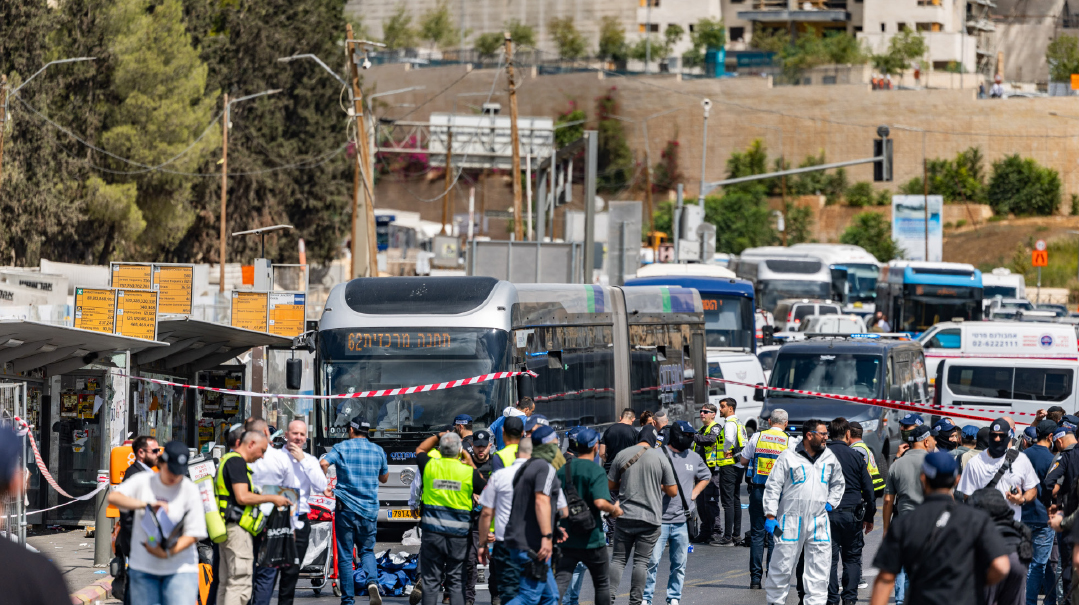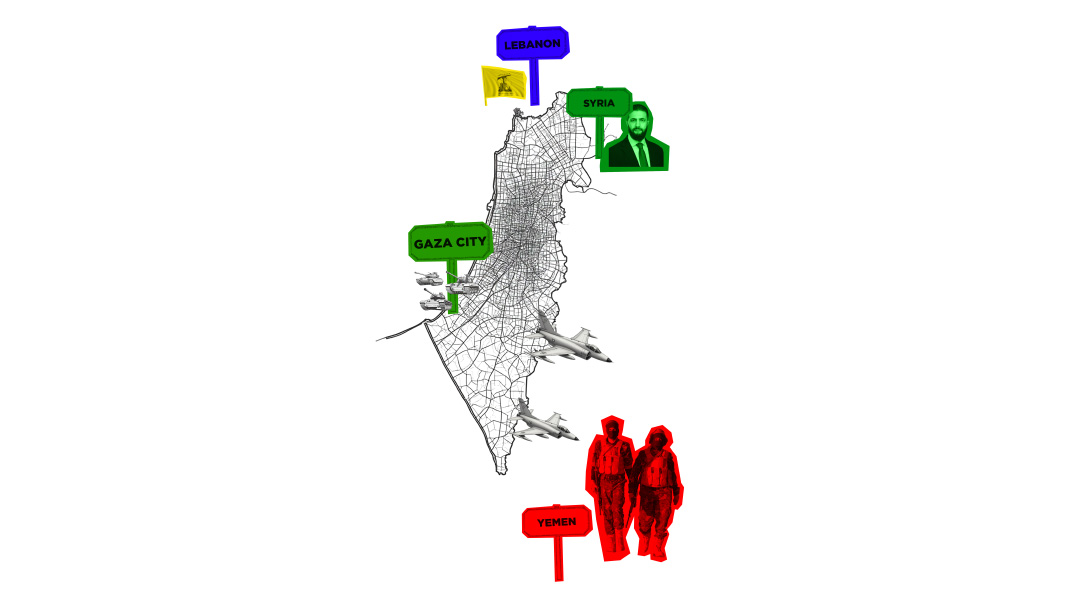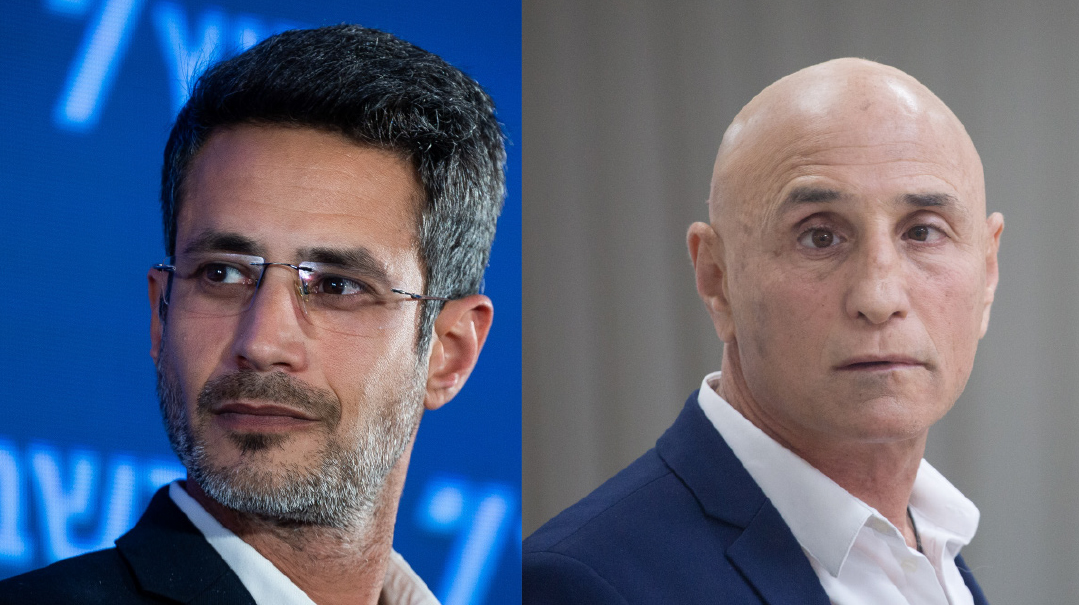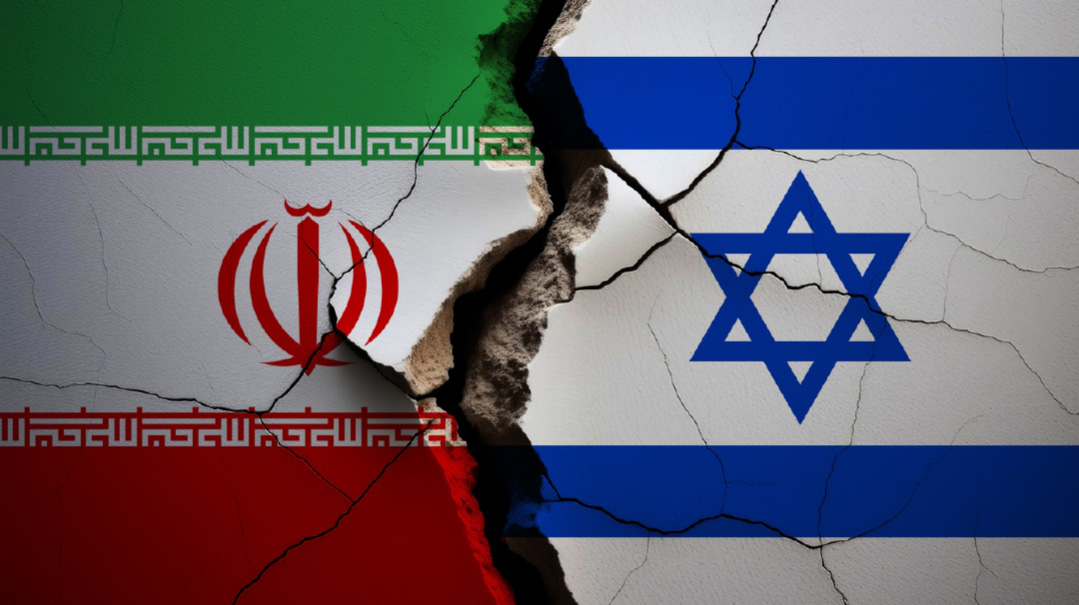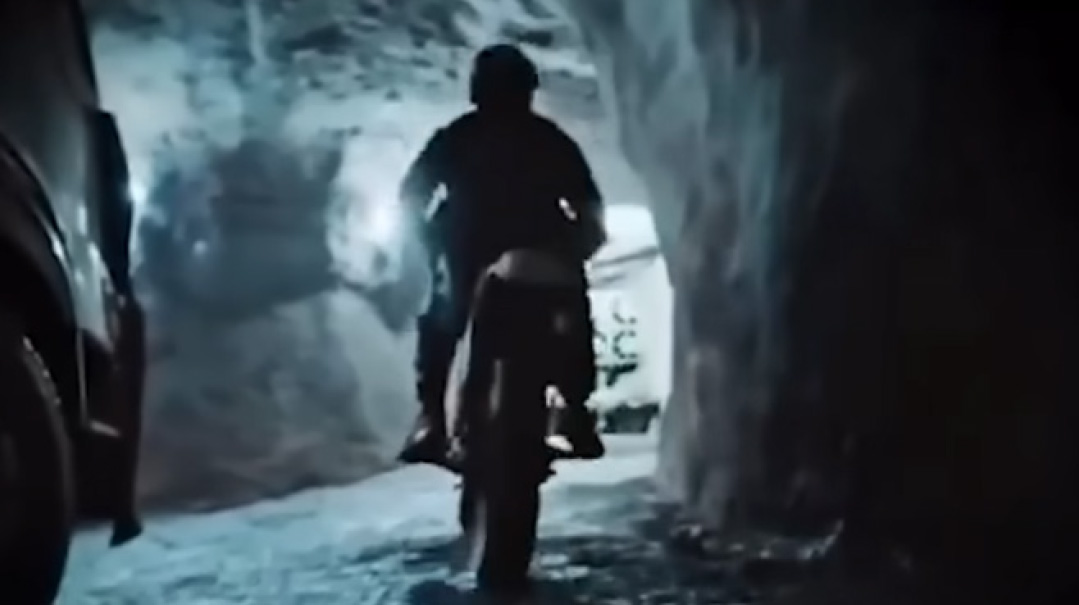Awaiting the Next Surprise
| July 30, 2024As the standoff in the north enters a dangerous new phase, tension reigns as the two sides weigh their next moves
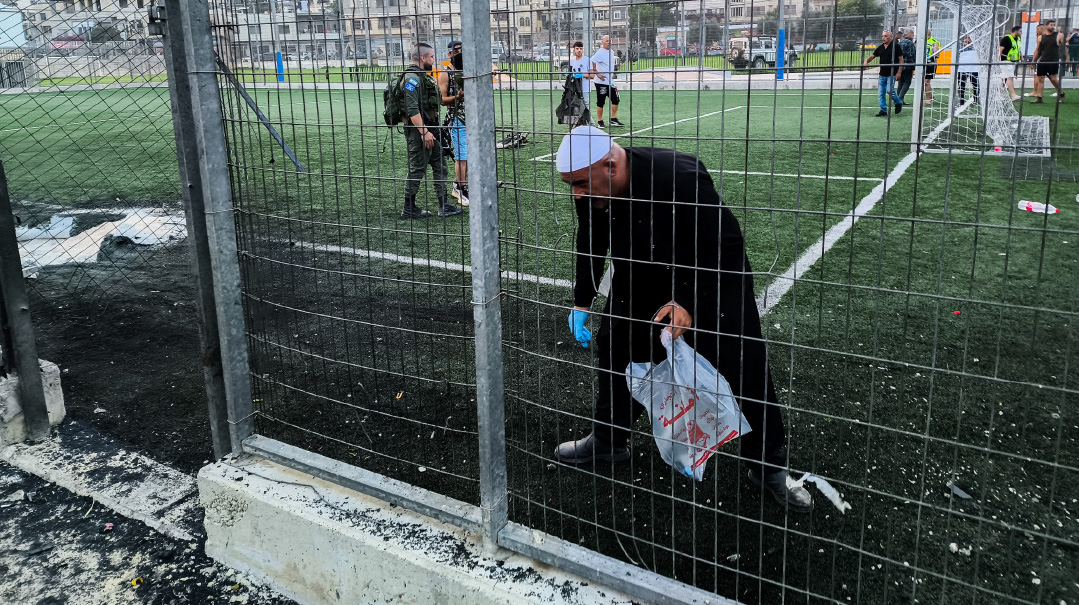
Photo: Flash90
AS the Druze community of Majdal Shams in the Golan Heights buries its dead and cares for its wounded in the wake of the deadly Hezbollah missile attack last Shabbos, the entire region is on tenterhooks wondering what comes next.
Hezbollah, which is usually quick to take responsibility for its successful strikes on Israel, denied responsibility for the Majdal Shams strike — mainly due to fear of reprisals from the wider Druze community, which numbers 450,000 in Lebanon and 650,000 in Syria.
In addition, Hezbollah fears a powerful Israeli response that could lead to a wider escalation. It’s the same fear on the Israeli side that has led to the situation on the northern front, with dozens of soldiers and civilians killed and hundreds wounded; thousands of homes, as well as military and civilian infrastructure installations damaged; and hundreds of thousands evacuated.
A senior Northern Command officer says that when the evacuation order was received in the north, everyone knew it would last for a while, but no one thought it would be this long. The expectation among the IDF forces in the area was that they’d be attacking Hezbollah.
“In the early phase, it was clear that we were about to embark on a large-scale offensive in Lebanon before they did the same to us,” he says. “The equation was clear — Hezbollah wants to destroy us, and its capabilities aren’t negligible, to say the least. If we wait, we’ll suffer. If we strike first, we’ll be able to set the tone. There were plans, goals were outlined — it’s not clear why it still hasn’t happened.”
In one reserve group, a volunteer was needed for a particular role. To emphasize the attractiveness of the position, the job listing sarcastically advertised leave time as flexible as Israel’s “red line” versus Hezbollah. Since October 8, Hezbollah has been targeting the north intensively. The political echelon promised a harsh and powerful response if Hezbollah crossed the red line, but the goalposts somehow seem to keep shifting.
Sitting and Waiting
Tens of thousands have been evacuated, for ten months, with no date marked for their return. And that’s just for the lucky ones who still have a home to return to.
Hezbollah’s Radwan forces on the border are systematically taking down every layer of defense, targeting observation towers, monitoring and alert systems, and other sensitive military installations. Deserted northern villages are being gradually reduced to rubble by precision missiles, and anti-tank batteries and military posts along the border have been targeted nonstop.
“A war in the north is an event that will last not weeks but months, if not years,” explains a senior political official. “People need to understand that it’s not just Hezbollah — a war in Lebanon will escalate into a war against Syria, Iran, Yemen and others. We could go in seconds from a limited conflict to a wide regional war in which we’d have to deal with thousands of ballistic missiles from six or seven different fronts. We’re talking about a war that could last years, and we can’t be reckless. If we move too soon, we could come to regret it.”
The IDF has been complaining of manpower shortages, making a large-scale war fought simultaneously in Gaza and Lebanon not an option.
“We’re short on munitions, we don’t have enough troops, we’re not built to wage war on two fronts,” admits a senior official in the sector. “Until now, we held out for a deal or a long cease-fire in Gaza, during which we could focus on Lebanon, but that hasn’t happened.
“Do we have some kind of ‘master plan’ that we’ve been holding back? No. Absolutely not,” he adds. “Obviously there are offensive plans, including some game-changers, but not anything that would require delaying the preemptive strike. It’s not that we’ll be stronger in two days. On the contrary, in two days we could suffer another deadly blow. Every day of waiting costs us blood, and when you realize that we’re waiting for nothing, you start to despair.”
Hezbollah is fully invested in the campaign, but it can afford to take things at its own pace. Every camera shot down, every outpost abandoned, every radar system damaged, every observation device destroyed brings it closer to its goal, preparing the ground for a massive land invasion. Meanwhile tens of thousands of soldiers are on standby in the north, stifling the economy and drawing valuable resources from the southern front. Just sitting and waiting for the next surprise.
Fatal Impact
The explosion heard around sunset last Shabbos was unusual even for residents of Majdal Shams, who have become accustomed to the sound of missile impacts and interceptions.
“After ten months, you learn to recognize when it’s an interception, when it’s a distant impact, and when it’s a close impact,” says Yazan, a local resident.
The flames and screams from the direction of the playground left no room for doubt. There’d been an impact, a fatal one. The rescue forces rushed to the scene and immediately began treating the dozens of wounded. Twelve children and teens lost their lives in the brutal attack, and 29 more were injured to varying degrees.
“We arrived at a soccer field and saw destruction, burning objects, and casualties lying on the grass — it was a difficult sight” said MDA medic Idan Avshalom. “We immediately started sorting the casualties. Some of the wounded were evacuated to local clinics. During the incident, there were more sirens and the treatment of the wounded continued.”
“I was home — I got a call and heard sirens, and I realized there had been a bad event,” said Dr. Osama Halabi, a local physician. “I rushed to Majdal Shams’ emergency room. A lot of wounded poured in. It was hard to absorb. There were sights I’d never seen before. The saddest thing is that they were all so young — 14-year-old, eight-year-old children in athletic clothes. Shrapnel wounds, penetrating trauma all over the body. I had to pronounce a death.
“We were able to stabilize some patients and evacuate them to hospitals. It was a difficult situation, a real mass casualty event. We had to prioritize some cases over others. There were very difficult sights. The four villages here are one big community, the pain grips everyone. I felt as if these were my children. It’s hard to digest what happened.”
Residents say only several seconds passed between the alert and the explosion. A preliminary IDF investigation indicates that that the alert for Majdal Shams was activated instantly, but the short distance between the launch site and the town left little time for response. The reason the missile wasn’t intercepted was not because it wasn’t detected, but because of its trajectory and the complex topography of the area.
In addition to the fatal strike on Majdal Shams, sirens sounded in the border communities of Kfar Giladi, Hagoshrim, Misgav Am, Beit Hillel, and Tel Hai, among others. Another hit was identified in Kiryat Shmona, and a number of impacts in open areas in Kfar Szold led to huge fires and power outages in Manara and Misgav Am.
As the standoff in the north enters a dangerous new phase, tension reigns as the two sides weigh their next moves.
(Originally featured in Mishpacha, Issue 1022)
Oops! We could not locate your form.

